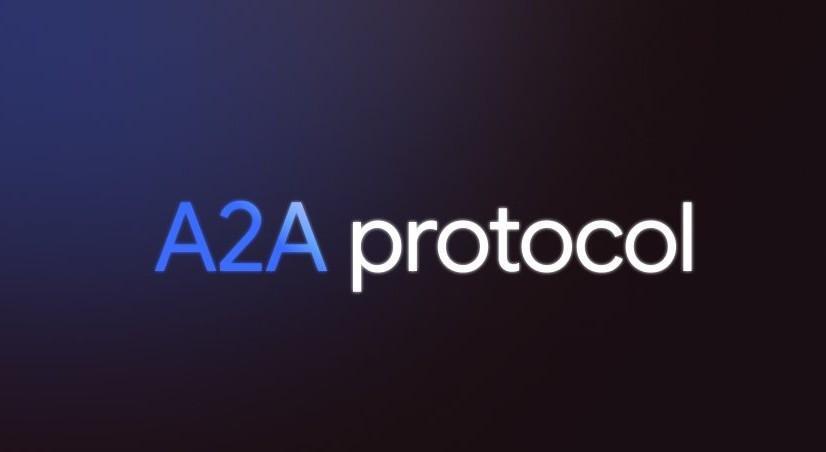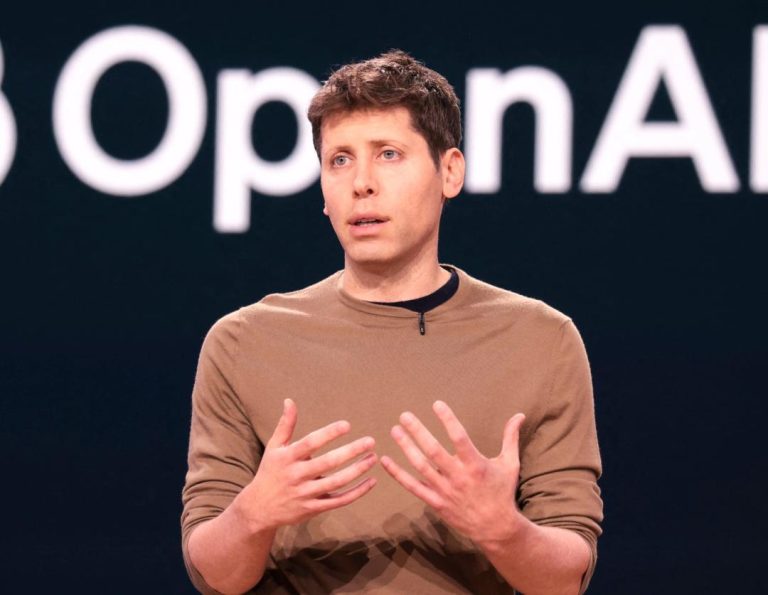
Google Launches A2A Protocol to Enhance AI Agent Synergy
In a significant move, Google has announced the launch of Agent2Agent (A2A), a new open-source protocol designed to enable seamless communication and collaboration among AI agents from various systems and platforms. This groundbreaking technology will allow AI agents to securely exchange information, coordinate actions, and work together seamlessly across diverse enterprise platforms or applications. The A2A protocol marks a new era of agent interoperability, paving the way for developers to build AI agents capable of connecting with any other agent built using this protocol.
What is A2A?
Agent2Agent (A2A) is an open-source protocol that enables AI agents to communicate with each other, exchange information, and coordinate actions. This protocol is designed to bridge the gap between different AI systems and platforms, allowing developers to build agents that can work together seamlessly. A2A is not limited to a specific technology stack or platform, making it a versatile tool for developers to build AI agents that can interact with any other agent built using this protocol.
Benefits of A2A
The A2A protocol offers several benefits to developers, including:
- Interoperability: A2A enables AI agents to communicate with each other, regardless of the platform or technology stack used to build them. This allows developers to build agents that can work together seamlessly, without worrying about compatibility issues.
- Security: A2A is designed with security in mind, ensuring that information exchanged between AI agents is secure and protected from unauthorized access.
- Flexibility: A2A is an open-source protocol, which means that developers can modify and customize it to suit their specific needs.
- Scalability: A2A is designed to handle large-scale applications, making it an ideal choice for developers who need to build agents that can work together in complex systems.
How A2A Works
The A2A protocol works by enabling AI agents to communicate with each other using a standardized messaging format. This allows agents to exchange information, coordinate actions, and work together seamlessly. The protocol is designed to be flexible and adaptable, making it suitable for a wide range of applications and use cases.
Use Cases for A2A
The A2A protocol has a wide range of potential use cases, including:
- Customer Service: A2A can be used to build AI-powered chatbots that can communicate with each other to provide seamless customer support.
- Supply Chain Management: A2A can be used to build AI agents that can communicate with each other to manage supply chains, track inventory, and optimize logistics.
- Healthcare: A2A can be used to build AI agents that can communicate with each other to provide personalized healthcare services, track patient data, and optimize treatment plans.
- Finance: A2A can be used to build AI agents that can communicate with each other to process transactions, manage risk, and optimize investment portfolios.
Conclusion
The launch of Agent2Agent (A2A) protocol marks a significant milestone in the development of AI technology. This open-source protocol has the potential to revolutionize the way AI agents communicate and work together, enabling developers to build agents that can connect with any other agent built using this protocol. With its focus on interoperability, security, flexibility, and scalability, A2A is an exciting development that has the potential to transform a wide range of industries and applications.
Source:
https://developers.googleblog.com/en/a2a-a-new-era-of-agent-interoperability/






